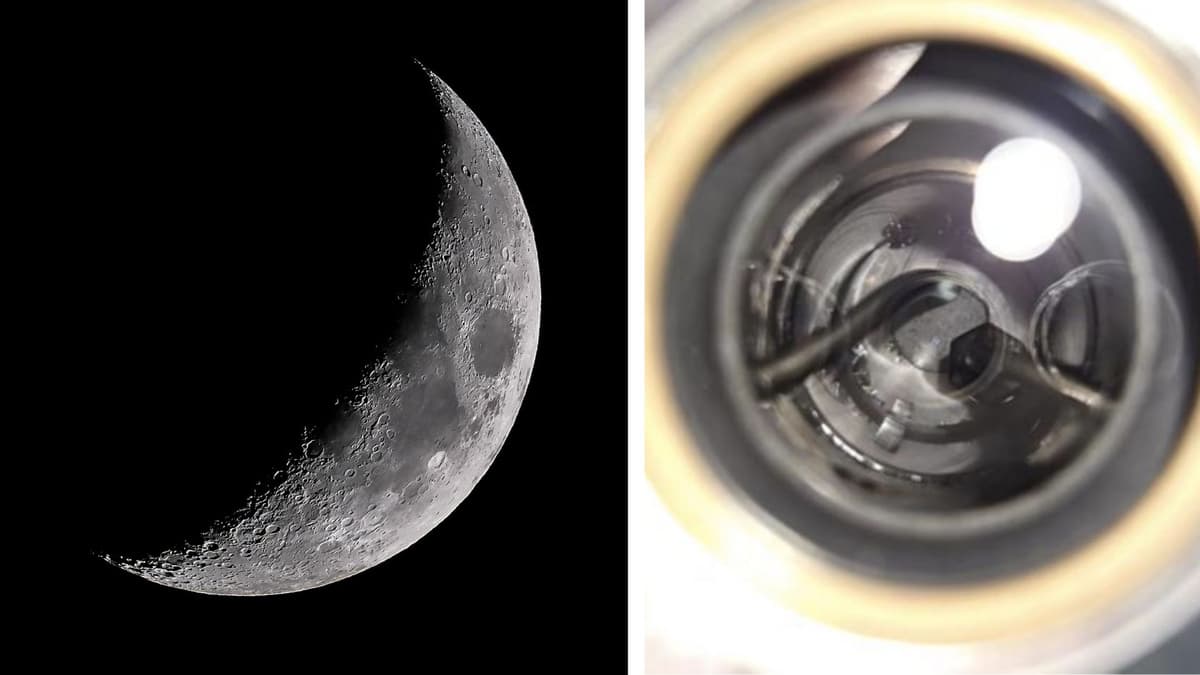While most nations are still debating the ethics of AI or struggling to regulate TikTok, China is quietly preparing for a permanent presence on the Moon—and they may have just cracked the code that turns lunar dirt into breathable air and rocket fuel.
In a scientific sleight of hand, researchers from the Chinese University of Hong Kong, Shenzhen, have demonstrated a breakthrough that reads more like science fiction than reality. Using actual moon dust collected by the Chang’e-5 mission, they’ve figured out how to extract water and convert astronauts’ carbon dioxide exhalations into usable fuel and oxygen—all in one elegant, light-powered reaction. No complicated supply chains. No Earth-bound logistics. Just sunlight, CO₂, and the Moon itself.
Forget the decades-old dream of hauling everything from Earth. This is the blueprint for autonomous deep space survival. The technology uses a photothermal reaction that harnesses sunlight to drive chemical transformations—turning the barren lunar surface into a self-sustaining life support system. And unlike previous methods that required energy-intensive, multi-step processes, this one does it all in one shot.
Of course, the Moon isn’t going to roll out a red carpet. Lunar soil isn’t uniform. CO₂ levels from astronauts alone might fall short. And the vacuum of space doesn’t exactly play nice with machinery. But that misses the point.
This isn’t just a lab win. It’s a line in the sand.
With this breakthrough, China isn’t just experimenting—they’re laying the foundation for lunar industry. Oxygen, fuel, and water are the triad of off-world survival. Master that trifecta, and you’re not visiting space. You’re staying.
The real race isn’t who gets to the Moon. It’s who figures out how to live there. China just moved a giant leap closer.


